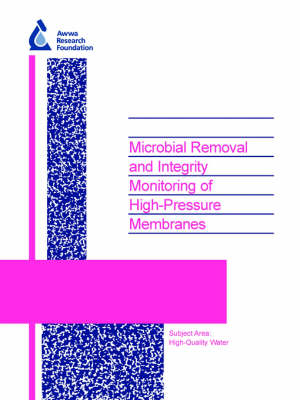High-pressure (HP) membranes, reverse osmosis, and nanofiltration are used increasingly to treat brackish and organic laden surface waters as water purveyors are forced to utilize lower quality source waters to meet potable water demands. In addition, reverse osmosis has become an integral part of the advanced reclamation process for the indirect potable reuse of domestic wastewaters. In these applications, HP membranes are expected to serve as a positive barrier to pathogens. To date, integrity methods for full-scale HP membrane systems have been limited to conductivity and total organic carbon monitoring, approaches that can only assess pathogen removals to two logs (99%). The first objective of this research was to determine the integrity of RO and NF membrane systems with respect to viral passage using both particulate (MS2 viruses and fluorescent microspheres) and soluble (Rhodamine WT) surrogates. The second objective was to compare the capability of these surrogates for use in assessing integrity of intact and compromised RO and NF membranes when evaluated in a number of configurations. Originally published by AwwaRF for its subscribers in 2003
- ISBN10 1843398508
- ISBN13 9781843398509
- Publish Date 1 January 2004
- Publish Status Out of Print
- Out of Print 2 March 2017
- Publish Country GB
- Imprint IWA Publishing
- Format Paperback
- Pages 216
- Language English
